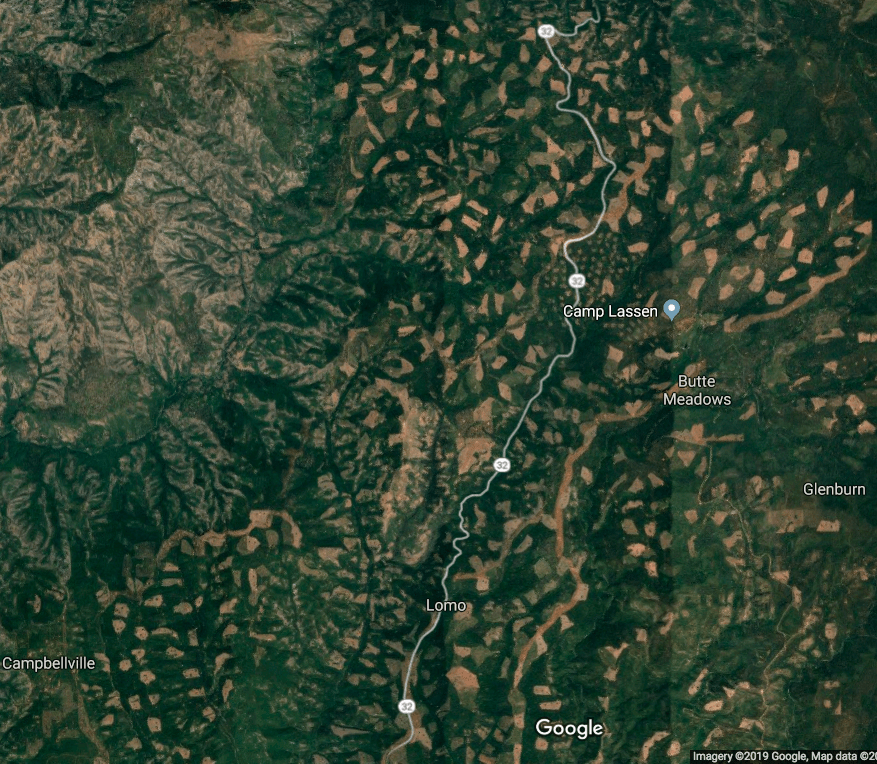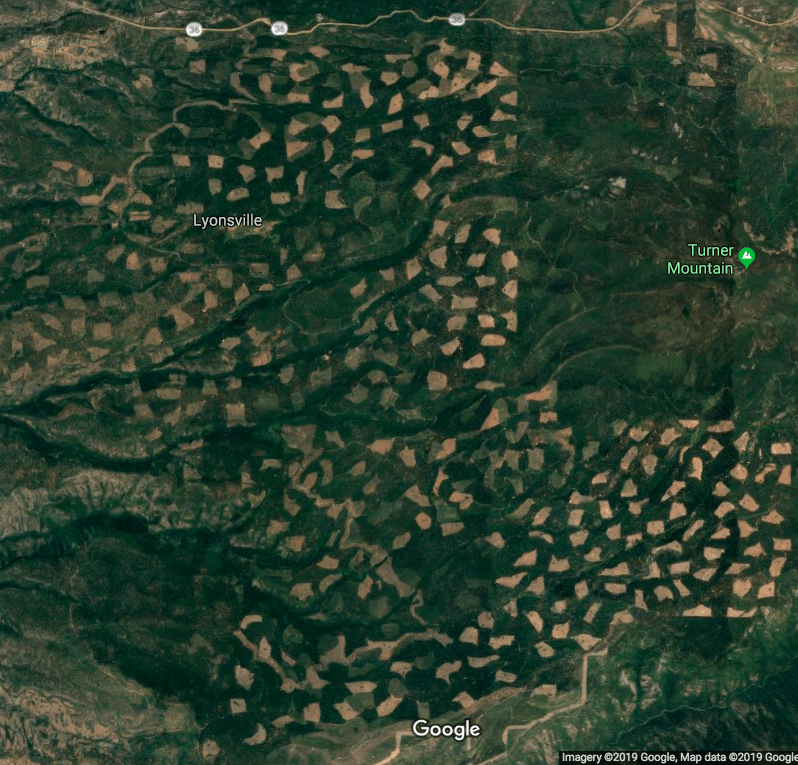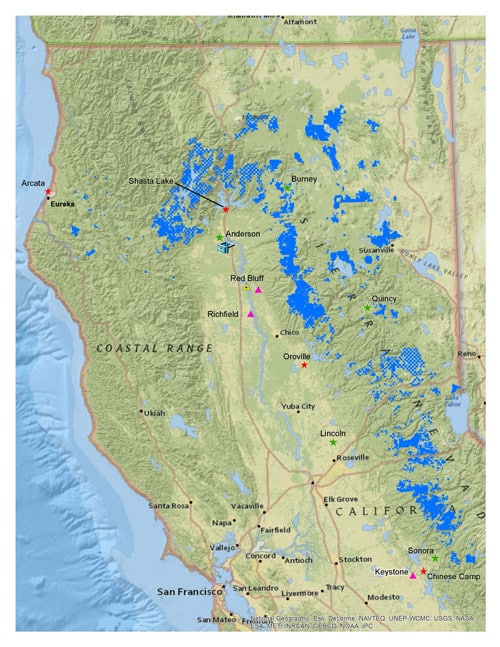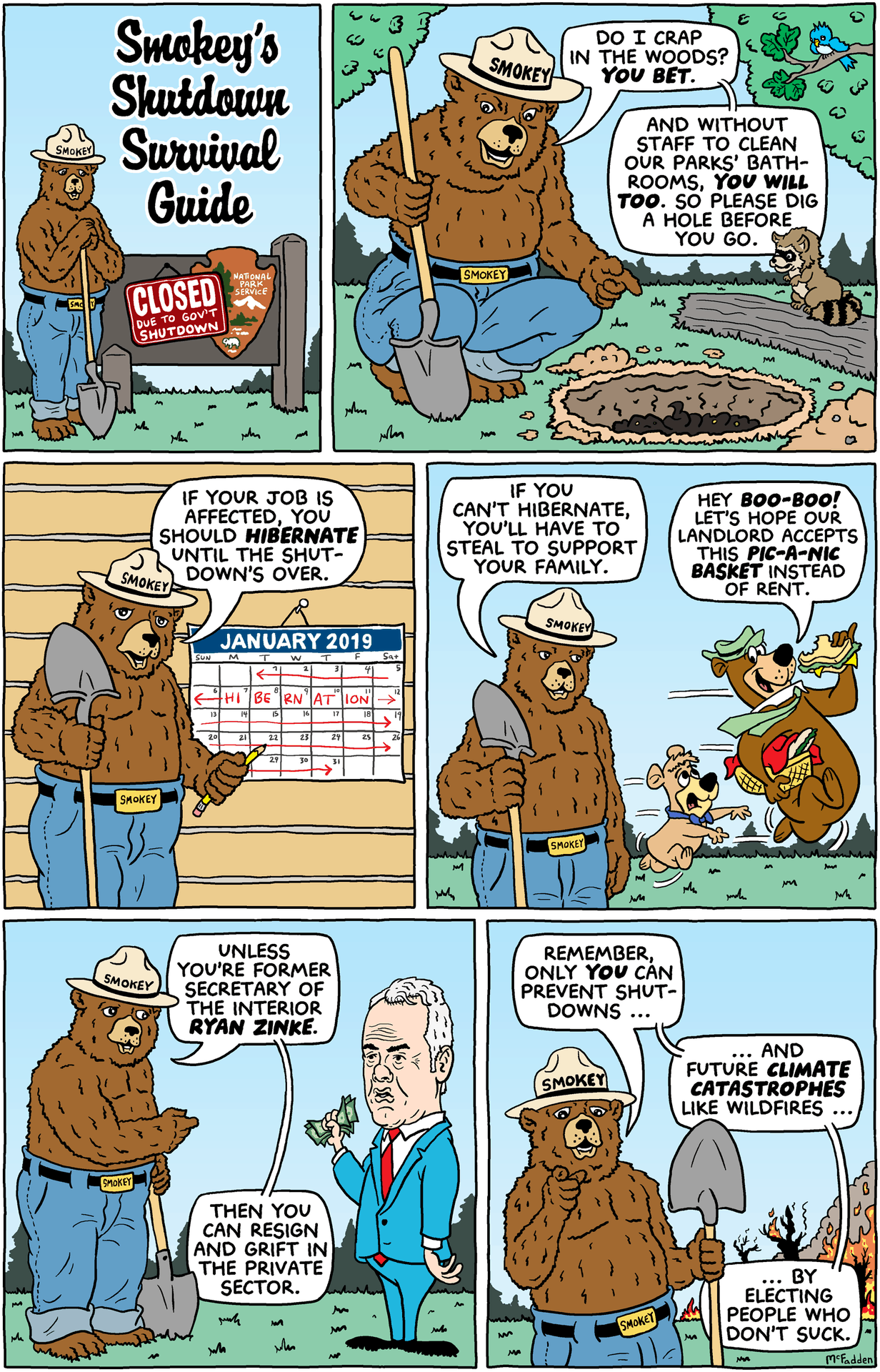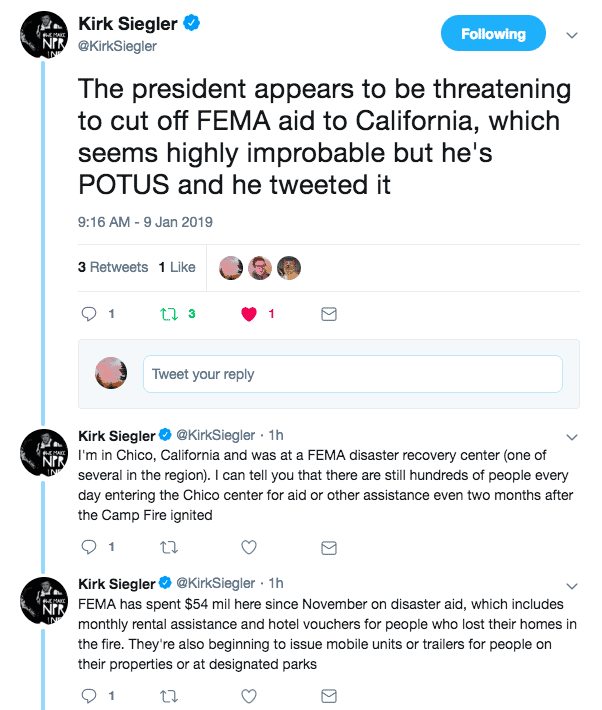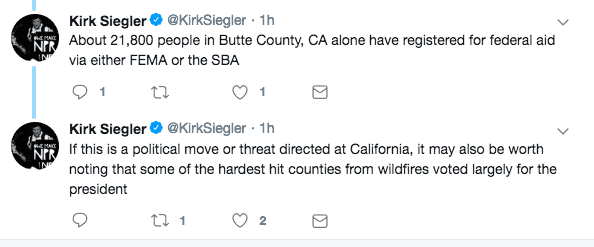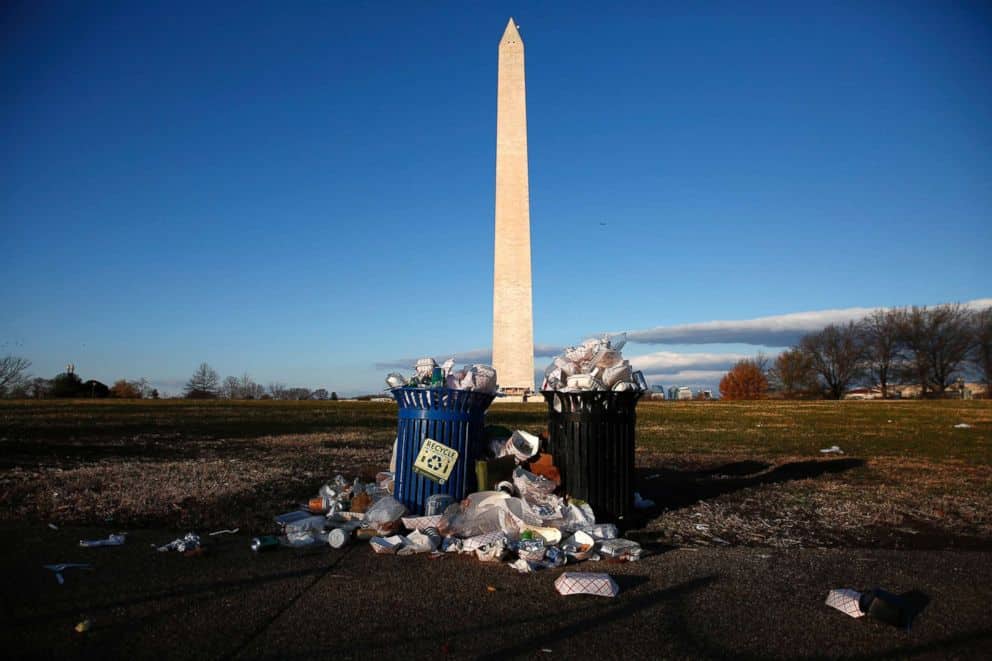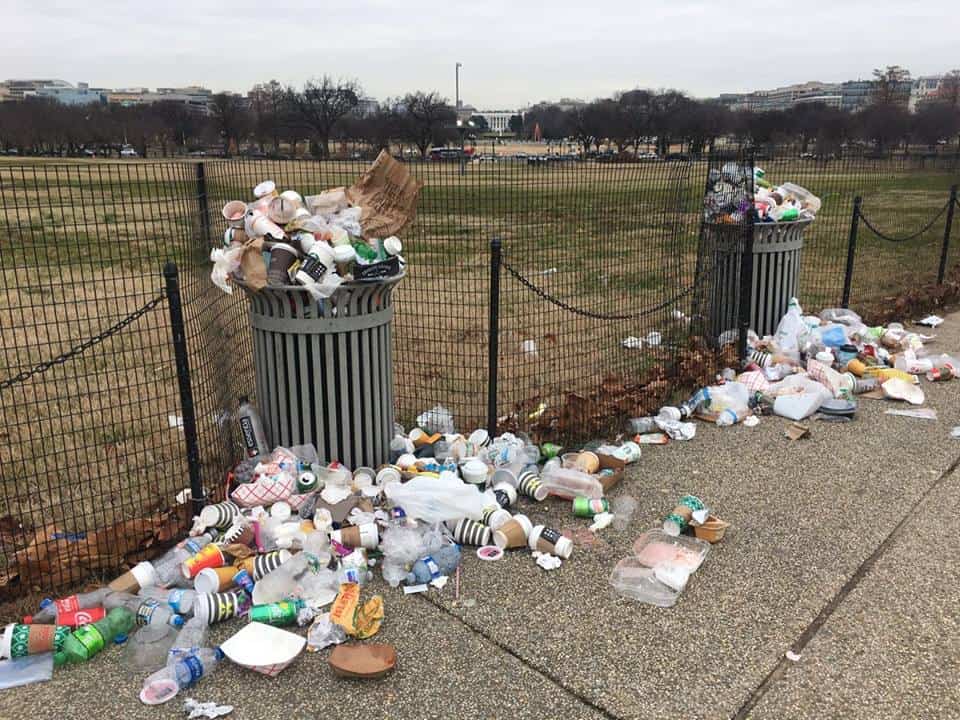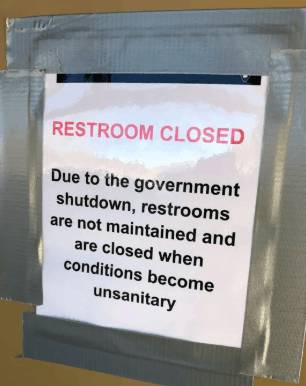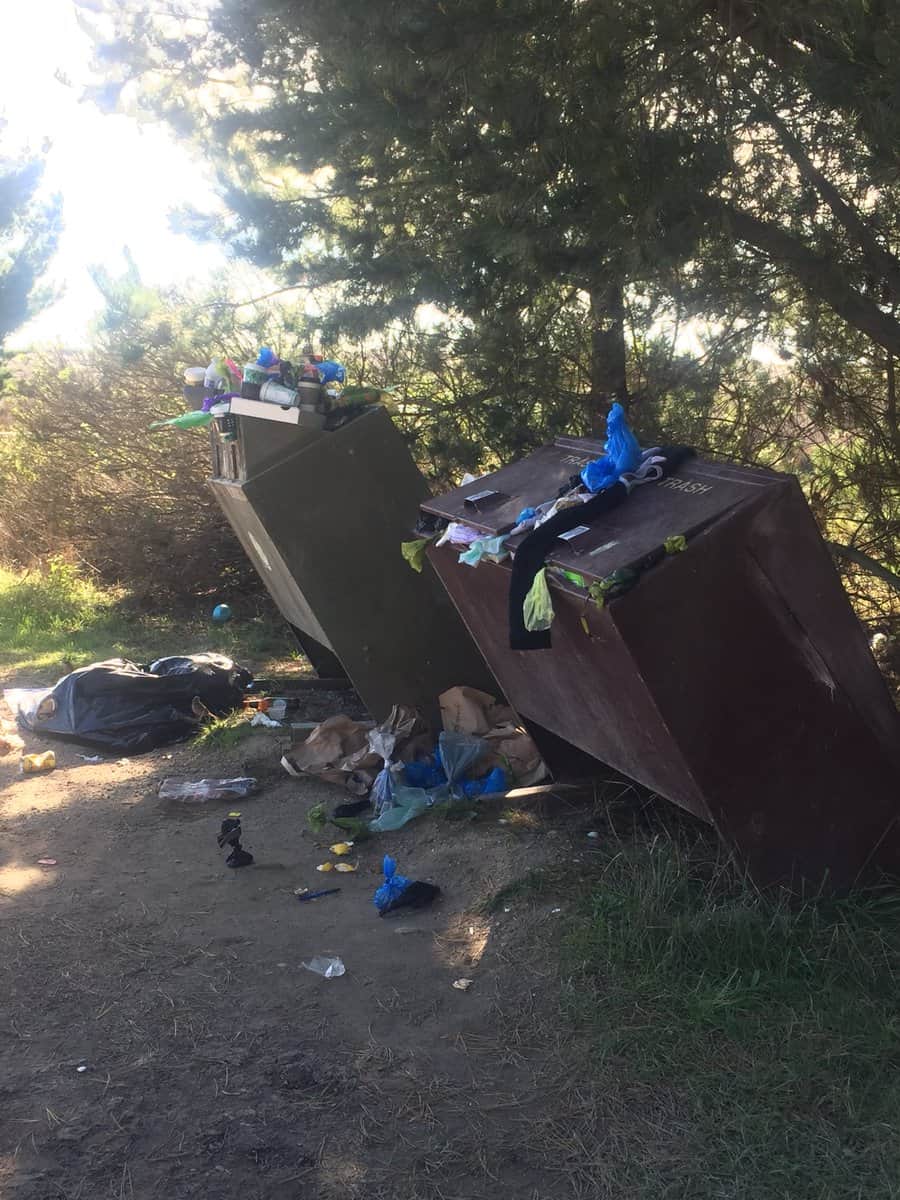And no, even though it seems like this would be news from 1919, it’s happening today, in 2019. In fact, the following propaganda poster was just posted by the “Foundation for Wildlife Management” on their Facebook page yesterday:
I could find no information indicating that this up-$1,000 ‘bounty’ – I mean “reimbursement” – per trapped and killed wolf wasn’t available if the wolf was trapped and killed on federal public lands throughout Idaho, including deep within federally designated Wilderness areas. If that’s indeed the case, how in the world can the U.S. Forest Service and other federal land management agencies allow a $1000 bounty per dead wolf on America’s federal public lands, especially within Wilderness areas?
Even if federal public lands are excluded from this $1000 wolf-bounty trapping “contest,” how in the world can a group like the Rocky Mountain Elk Foundation and the Idaho Department of Fish and Game fund the bounty? It must be legal for IDFG to do this. How the Elk Foundation thinks funding a $1000 bounty on wolves in the year 2019 is ethical, scientific or follows the North American Model of Wildlife Conservation, which the RMEF claims to follow, is a mystery.
I did notice on the Foundation for Wildlife Management website that they claim that in 2018 they got a $25,000 grant from the Rocky Mountain Elk Foundation. They also claimed that this was the third year in a row they got $25,000 from the RMEF, meaning a total of $75,000 given by the Rocky Mountain Elk Foundation in three years.
According to the Idaho rangeland commission, wolves have killed 700 cattle and 550 sheep in Idaho since 2009. That works out to roughly 77 cattle and 61 sheep killed per year by wolves, through-out the entire state of Idaho. There are roughly 2.6 MILLION cattle and sheep in the state of Idaho. That means that over the past decade wolves have killed approximately 0.005% of all cattle and sheep in the state. How many cattle and sheep were killed in Idaho over the past decade by natural causes, including weather? How many were killed by domesticated dogs? Or by disease and malnutrition? How many of the 2.6 million cattle and sheep in Idaho were killed in slaughter-houses over the past decade?
For comparison, the last intensive wolf count in Idaho was done in 2015 when officials said the state had an estimated 786 wolves in the entire state. That’s also the last year Fish and Game was required to do that type of count after wolves were removed from the Endangered Species List.
Erik Molvar, a Laramie, Wyoming-based wildlife biologist and Executive Director of Western Watersheds Project, had this piece published in the Idaho Statesmen last October, which sheds some more light on Idaho’s supposed “wolf problem.”
The Cattle Association neglects to mention that Wildlife Services, the federal agency tasked with killing native wildlife for the agriculture industry’s benefit, has been actively promoting a program of exaggerating wolf kills by classifying dead livestock lacking any bite marks as wolf kills. This is an agency struggling to justify its own existence, inflating wolf-kill numbers to create an artificial crisis. Color us skeptical, and we would be happy to take the association up on its offer of joining them out in the field.
Between July 2017 and May 2018, this federal agency spent over half a million taxpayer dollars and killed at least 53 wolves in Idaho to avenge livestock depredations, despite mounting scientific evidence showing that predator killing doesn’t reduce livestock losses.
Moreover, most of Idaho’s beef cattle get shipped off to feedlots at year’s end, and from there, to the slaughterhouse. Since beef cattle are bred and raised to be killed, it is hard to ask the public to accept that in rare instances when a cow ends up on a wolf’s menu rather than a human one, that this is somehow unfair and represents a moral outrage. Much less a reason to try to kill the “offending” wolf, or any other wolf they can find, in retribution.
We humans should try harder to fit in with the natural order of things. If livestock are to be pastured in the untamed West, a few losses to the native predators is just part of the cost of doing business. Cattle and sheep would be much happier and more productive grazing on pastures with deep soils and abundant rainfall east of the Mississippi, instead of damaging the arid lands — and fragile fish and wildlife habitats — of the West. And in these more ecologically suitable areas for non-native livestock, cattle and sheep producers can find pastures far from the nearest wolf, if wolves are really an overwhelming concern.
Nonlethal methods to discourage wolf predation on livestock are also a workable alternative. In the Tom Miner Basin of Montana, just outside Yellowstone National Park, cattle producers have avoided high levels of predation by native wildlife despite burgeoning populations of both wolves and grizzly bears.
The West is a wild and untamed place, and Westerners like it that way. We are hardy, self-reliant folk who aren’t afraid of “the big bad wolf” of fairy tales. In fact, wolves, grizzly bears and other native predators are an important part of that untamed legacy. We neither need nor want a taxpayer-subsidized agency to kill off our native wildlife.
I couldn’t agree with Molvar’s sentiments more. Should America’s public lands and Wilderness areas be places for native wildlife, or should they be places where private ranchers let their cows and sheep graze for literally pennies on the dollar? According to the BLM, “the Federal grazing fee for 2018 will be $1.41 per animal unit month (AUM) [a cow and her calf, or five sheep] for public lands administered by the Bureau of Land Management and $1.41 per head month (HM) for lands managed by the USDA Forest Service.” [Update: The federal public land grazing fee for both 2019 and 2020 was reduced to $1.35 per AUM, the lowest fee allowed.]
Besides, if as the Foundation for Wildlife Management claims, “Wolf numbers are so high the #1 killer of Idaho wolves is now other wolves”….You’d sure think you won’t need to offer trappers up to a $1,000 reimbursement to trap and kill wolves across the state, including on lands that are owned equally by everyone in America.
And just how many mighty hunters walk and drive around Idaho with high-powered rifles (including a lot of AR-15s, and other assault-style weapons) every year during hunting season? I bet the success-rate for elk hunting in Idaho is much, much greater than the success-rate for wolf-hunting. How can that be if the state is crawling with wolves, which have supposedly eaten all the elk? There has got to be tens of thousands of elk and deer hunters in Idaho who are also carrying a wolf tag. Why can’t they find the wolves? Maybe it’s because there are only about 800 wolves in the entire state of Idaho and the wolves kill a tiny, tiny fraction of the cows and sheep in the state, often times when the private livestock is grazing on federal public lands and Wilderness areas, at less than $1.50 per month per animal unit.
Then again, Idaho is (in)famous for being a state where a lot of people talk about the SSS when it comes to wolves: “Shoot. Shovel. Shut up.” So maybe there are actually a lot less wolves in Idaho, then the official count in 2015, which put their numbers at approximately 786.
That poster at the top of this post was put up on the Foundation for Wildlife Management’s Facebook page last night. One of the first comments on that FB post is the following image. It hasn’t been removed, but it’s gotten a bunch of likes.
You can respectfully let the Rocky Mountain Elk Foundation know how you feel about this issue by calling 800-225-5355. The Idaho Department of Fish and Game can be reached at 208-334-3700.
P.S. According to the Dictionary, the definition of “bounty” is: a sum paid for killing or capturing a person or animal.


